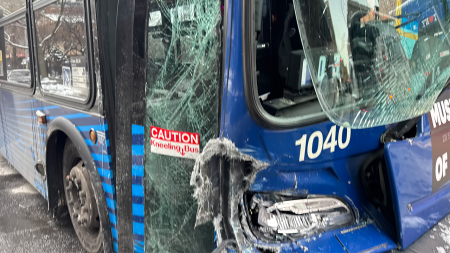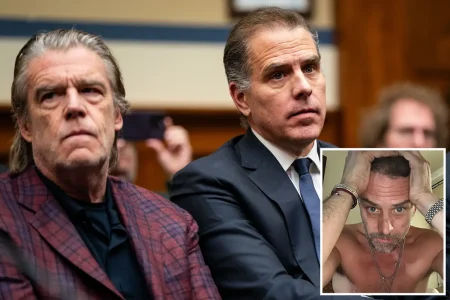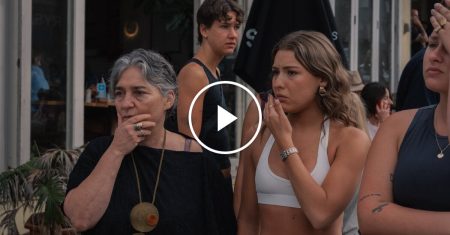The District of Columbia has witnessed a significant decline in violent crime, reaching a 30-year low, according to recent data released by the U.S. Attorney’s Office. This encouraging trend reveals a 35% reduction in violent crime incidents year-over-year, with 3,388 cases reported in 2024 compared to 5,215 in 2023. This decrease spans across various categories of violent crime, including a 30% drop in homicides, a 22% decline in sexual abuse cases, a 27% reduction in assaults with a dangerous weapon, and an 8% decrease in both robberies and burglaries. This positive shift signifies a substantial improvement in public safety within the District.
U.S. Attorney for the District of Columbia, Mathew M. Graves, attributes this success primarily to a focused strategy targeting the drivers of gun violence. He emphasizes the importance of identifying and holding accountable the individuals most responsible for perpetuating violence within the community. This proactive approach aims to remove these individuals from the streets before they can commit further crimes, thereby disrupting the cycle of violence. Graves highlights that data analysis has revealed a relatively small number of individuals, often affiliated with neighborhood-based groups or “crews,” are responsible for a disproportionate amount of the violent crime in the District.
These “crews,” often rooted in specific neighborhoods or blocks, engage in a range of criminal activities, some directly related to violence and others, like open-air drug markets, that attract and fuel violence. By focusing law enforcement efforts on these key individuals and dismantling their networks, authorities aim to significantly reduce the overall incidence of violent crime. This targeted approach, according to Graves, is proving to be an incredibly effective strategy in driving down the numbers.
While law enforcement efforts play a crucial role in addressing violent crime, Graves acknowledges that prosecution alone cannot solve the complex issue. He emphasizes the importance of addressing the underlying socio-economic factors that contribute to crime, such as poverty, lack of access to essential services, healthcare disparities, and educational inequalities. These deep-seated issues create an environment conducive to criminal activity, and unless they are effectively addressed, new “drivers” of violence will continue to emerge. Graves advocates for a holistic approach that combines targeted law enforcement with comprehensive social programs to address these root causes and create a safer, more equitable community.
The collaborative efforts between the U.S. Attorney’s Office and the Metropolitan Police Department, focusing on identifying and apprehending the individuals and groups driving violence, are credited with contributing significantly to the decline in crime rates. This targeted strategy, combined with the implementation of initiatives like the Secure DC Omnibus Act, has yielded positive results. Other contributing factors include increased police visibility, technological upgrades within the police department, and efforts to ensure student attendance in schools, all of which contribute to a safer environment.
Despite the positive progress, challenges remain, particularly concerning the proliferation of illegal firearms in the District. Graves expresses concern about the significantly higher number of illegal firearms present in the community compared to 15 years ago, likening it to a virus that spreads and exacerbates the problem of violence. Addressing this issue is crucial for sustaining the downward trend in crime rates and ensuring long-term public safety. Continued efforts to remove illegal firearms from circulation, combined with addressing the underlying social and economic factors that contribute to crime, are essential for building a safer and more secure future for the District of Columbia.











